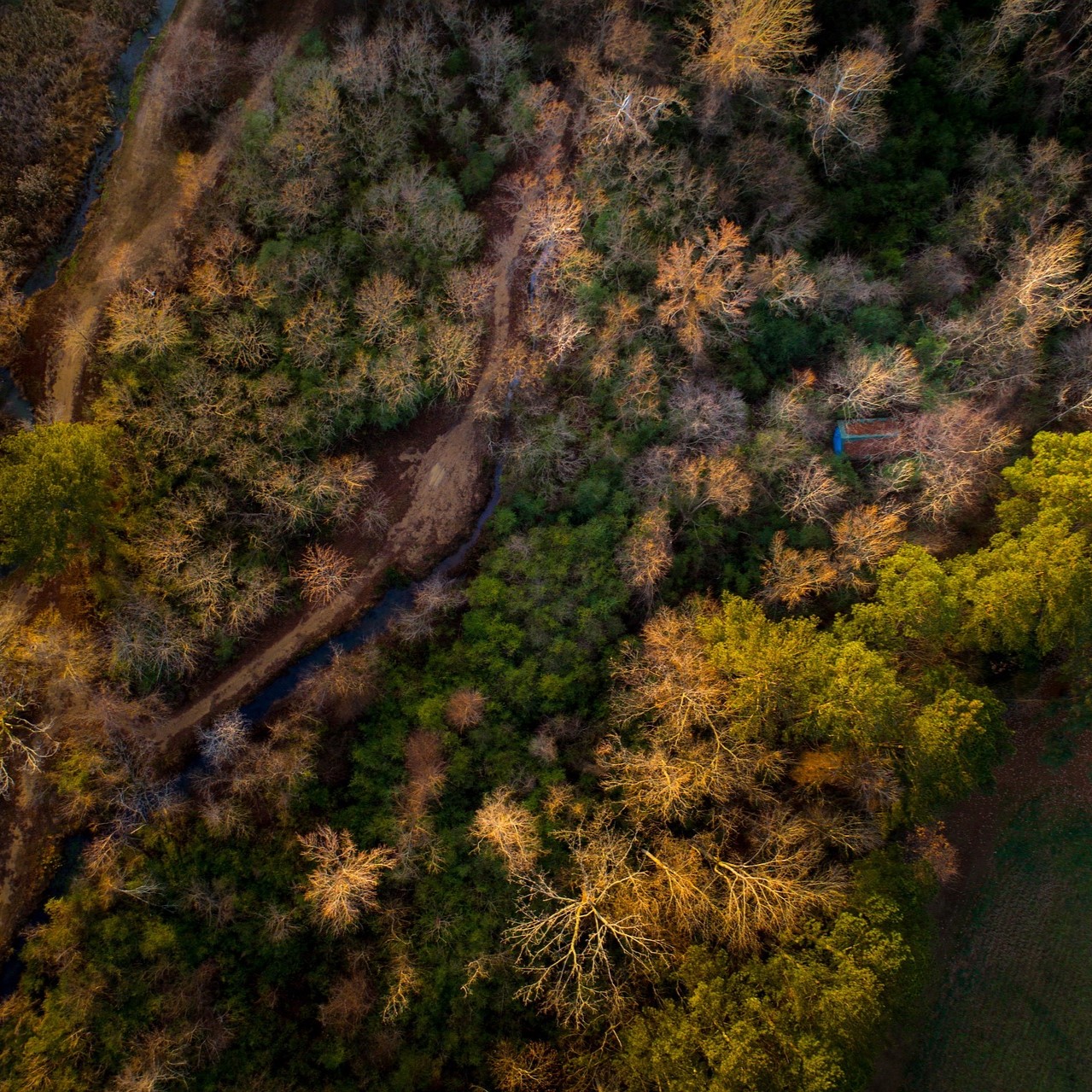Article /
Webinar: Quantifying the Adaptive Capacity of Tree Species and Implications for Silviculture

Summary
Description: Recent evidence indicates that the migration rate of tree species will not be sufficient to follow their suitable climate under climate change scenarios. Accordingly, research interests now focus on the capacity of local tree populations to persist in place and cope with the expected environmental change in the next decades, i.e. their adaptive capacity. We propose an approach to quantify the adaptive capacity of Canadian tree species based on four axes of adaptation: 1) individual adaptation through phenotypic plasticity, 2) population genetic diversity, 3) the rate of genetic recombination as influenced by gene flow and reproductive capacity, and 4) the potential of recombination beyond populations through hybridization. We discuss the current limitation and the way forward, and we finally evaluate the implication of these four axes for adaptive silviculture.
Samuel Royer-Tardif is a forest biologist working for the Canadian Forest Service at the Great Lakes Forestry Center in Sault Ste. Marie and with the Laurentian Forestry Center in Quebec City. His research interests aim at understanding the response of natural and managed forests to disturbances and stress, and the underlying importance of forest biodiversity in determining such response. Samuel holds a PhD in biology from the Université de Sherbrooke (2011) and has completed a postdoctoral position at the Université du Québec en Outaouais from 2014 to 2017.
